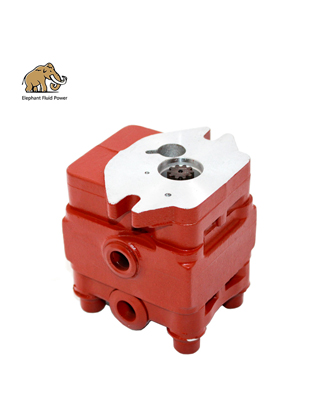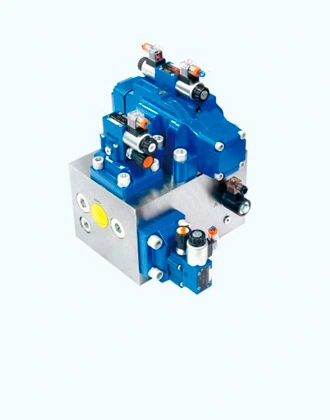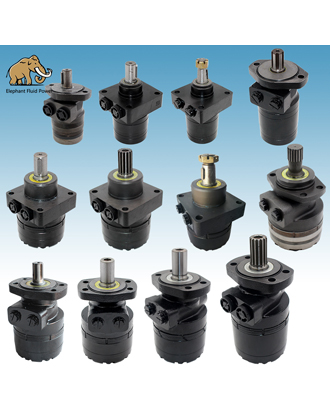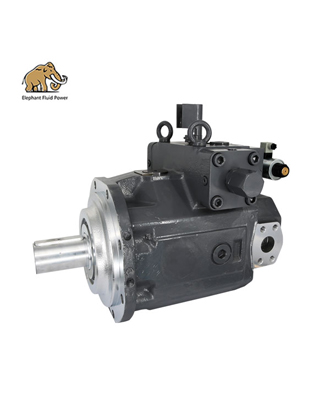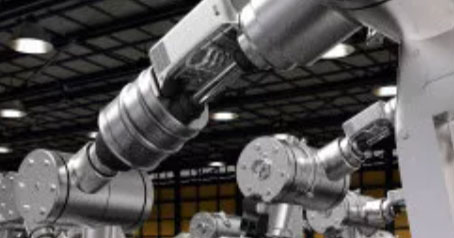1. The directional control valve
Directional control valves are used to control the flow of hydraulic fluid from one or more sources into different paths, ensuring that they follow a specific path. This is usually controlled by a spool within the valve box, which is mechanically or electrically actuated (moved) to prevent or allow flow. Hence the name directional control valve. The hydraulic valve is used to control the flow direction of the oil in the hydraulic system or adjust its flow and pressure. As a kind of hydraulic valve, the directional control valve controls the flow direction of the oil by changing the flow channel. The types of directional control valves include check valve, hydraulic control check valve, reversing valve, stroke deceleration valve, filling valve, shuttle valve, etc.
2. The type of directional control valve
The directional control valve is a component used to control the flow direction and air flow of the compressed air in the pipeline. It is the most widely used type of valve in the pneumatic system. According to the action direction of the air flow in the valve, the directional control valve types can be divided into two aspects: one-way directional control valve and reversing directional control valve. A directional control valve that only allows airflow in one direction is called a one-way directional control valve, such as one-way valve, shuttle valve, double-pressure valve, etc. A directional control valve that can change the direction of airflow is called a reversing directional control valve, or reversing valve for short.
Hydraulic Check Valves: These are the simplest and most common directional control valves often used in hydraulic systems. These valves can be used to block fluid flow in one direction while still allowing fluid to flow freely in the opposite direction. These models are also commonly referred to as check valves.
Directional spool: Consists of a moving spool located within the valve housing. The driving force then moves the control spool, allowing the passages within the housing to be connected or disconnected.
Directional poppet valves: Mounted in housing bores with threaded connections, which is why they are often referred to as cartridge valves, and can contain a range of seat elements, including balls, poppets, and plates.
There are four main types of power for directional control valves: manual, these use a simple lever or paddle where the operator applies force to operate; mechanical, which applies force through the use of cams, wheels, rollers and other mechanisms, which means they subject to wear; hydraulics, which operate at much higher pressures than their pneumatic counterparts; solenoids, widely used in the hydraulics industry, which use electromechanical solenoids to slide the spool.
 French
French
 Portuguese
Portuguese
 Russian
Russian
 German
German
 Spanish
Spanish
 Japanese
Japanese
 Korean
Korean
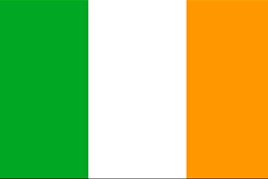 Irish
Irish
 Greek
Greek
 Turkish
Turkish
 Italian
Italian
 Danish
Danish
 Romanian
Romanian
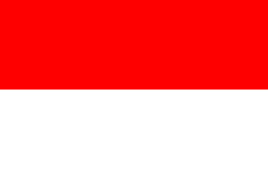 Indonesian
Indonesian
 Czech
Czech
 Afrikaans
Afrikaans
 Swedish
Swedish
 Polish
Polish
 Basque
Basque
 Catalan
Catalan
 Esperanto
Esperanto
 Hindi
Hindi
 Lao
Lao
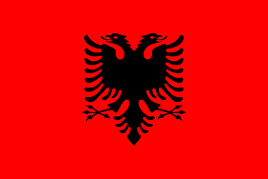 Albanian
Albanian
 Amharic
Amharic
 Armenian
Armenian
 Azerbaijani
Azerbaijani
 Belarusian
Belarusian
 Bengali
Bengali
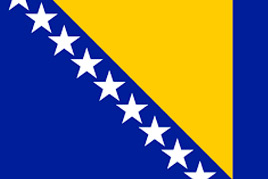 Bosnian
Bosnian
 Bulgarian
Bulgarian
 Cebuano
Cebuano
 Chichewa
Chichewa
 Corsican
Corsican
 Croatian
Croatian
 Dutch
Dutch
 Estonian
Estonian
 Filipino
Filipino
 Finnish
Finnish
 Frisian
Frisian
 Galician
Galician
 Georgian
Georgian
 Gujarati
Gujarati
 Haitian
Haitian
 Hausa
Hausa
 Hawaiian
Hawaiian
 Hebrew
Hebrew
 Hmong
Hmong
 Hungarian
Hungarian
 Icelandic
Icelandic
 Igbo
Igbo
 Javanese
Javanese
 Kannada
Kannada
 Kazakh
Kazakh
 Khmer
Khmer
 Kurdish
Kurdish
 Kyrgyz
Kyrgyz
 Latin
Latin
 Latvian
Latvian
 Lithuanian
Lithuanian
 Luxembourg
Luxembourg
 Macedoniar
Macedoniar
 Malagasy
Malagasy
 Malay
Malay
 Malayalam
Malayalam
 Maltese
Maltese
 Maori
Maori
 Marathi
Marathi
 Mongolian
Mongolian
 Burmese
Burmese
 Nepali
Nepali
 Norwegian
Norwegian
 Pashto
Pashto
 Persian
Persian
 Punjabi
Punjabi
 Serbian
Serbian
 Sesotho
Sesotho
 Sinhala
Sinhala
 Slovak
Slovak
 Slovenian
Slovenian
 Somali
Somali
 Samoan
Samoan
 Scots Gaelic
Scots Gaelic
 Shona
Shona
 Sindhi
Sindhi
 Sundanese
Sundanese
 Swahili
Swahili
 Tajik
Tajik
 Tamil
Tamil
 Telugu
Telugu
 Thai
Thai
 Ukrainian
Ukrainian
 Urdu
Urdu
 Uzbek
Uzbek
 Vietnamese
Vietnamese
 Welsh
Welsh
 Xhosa
Xhosa
 Yiddish
Yiddish
 Yoruba
Yoruba
 Zulu
Zulu

